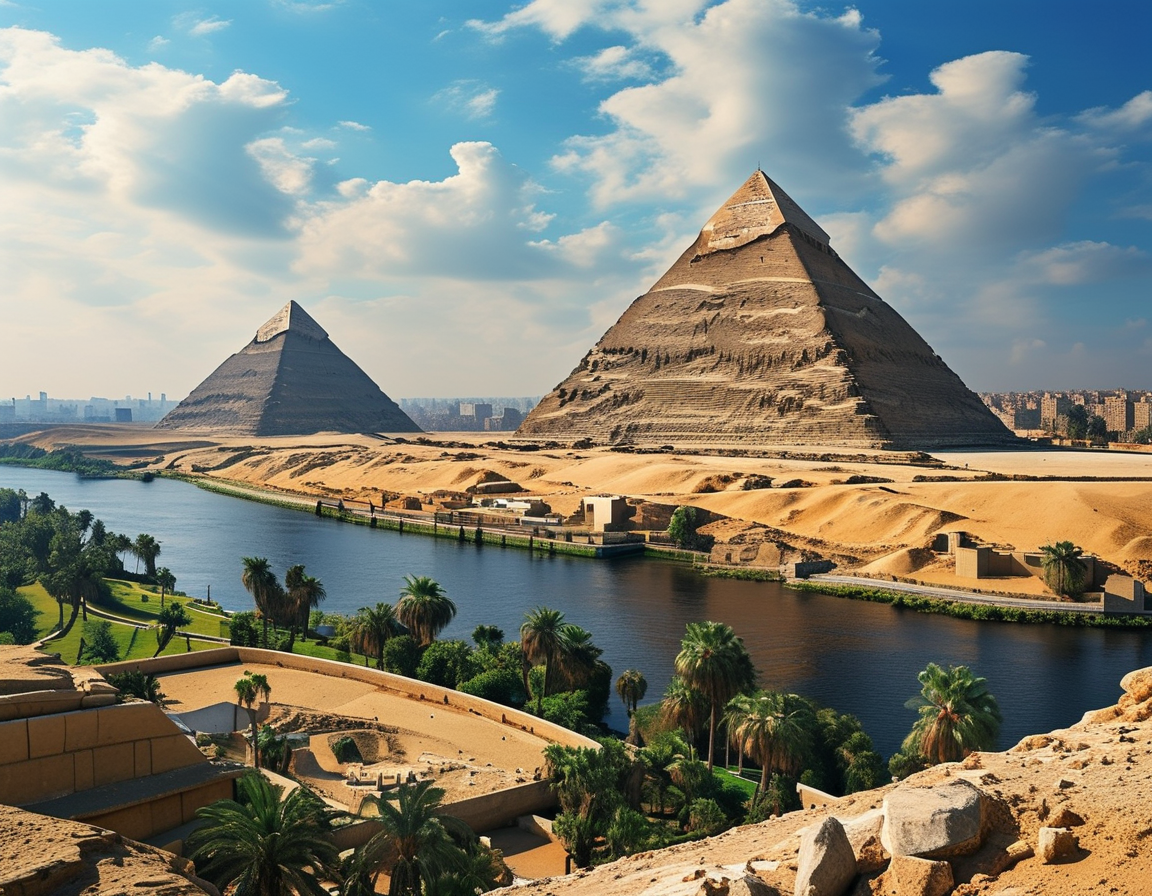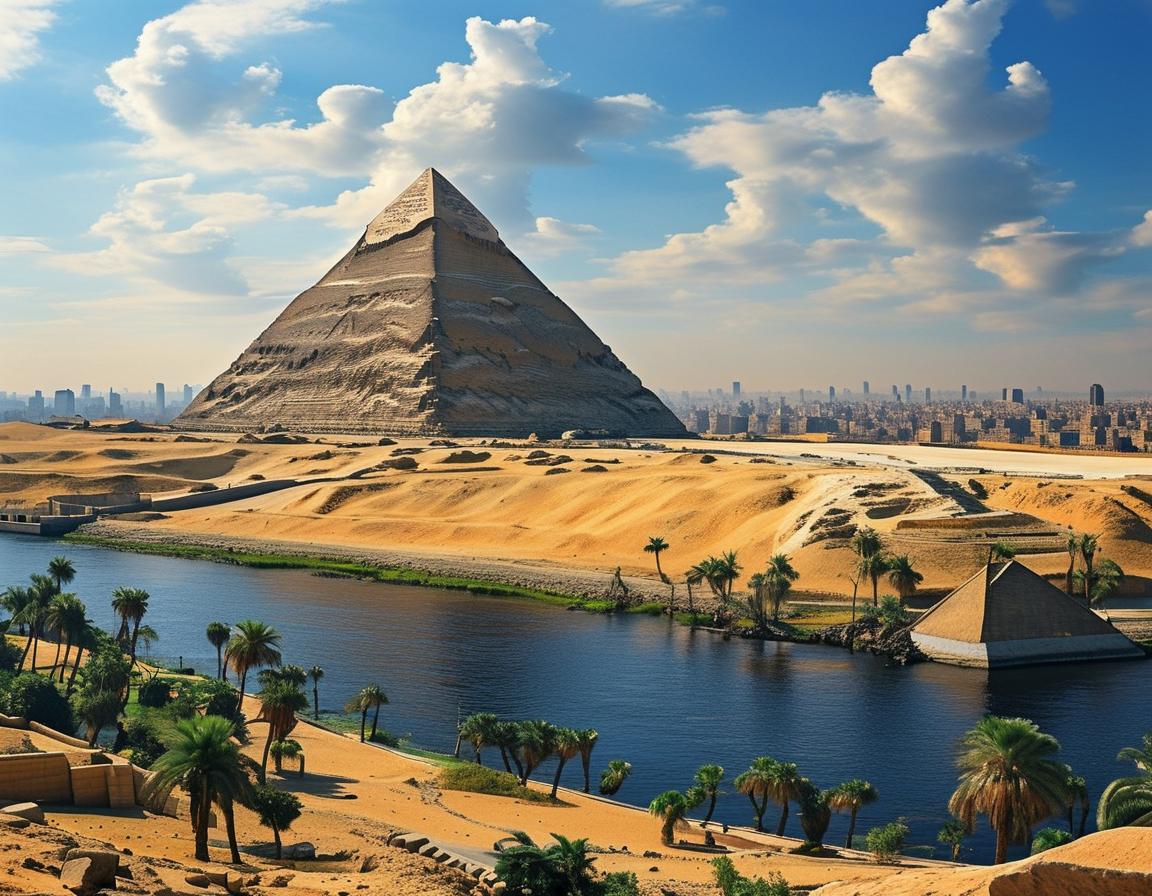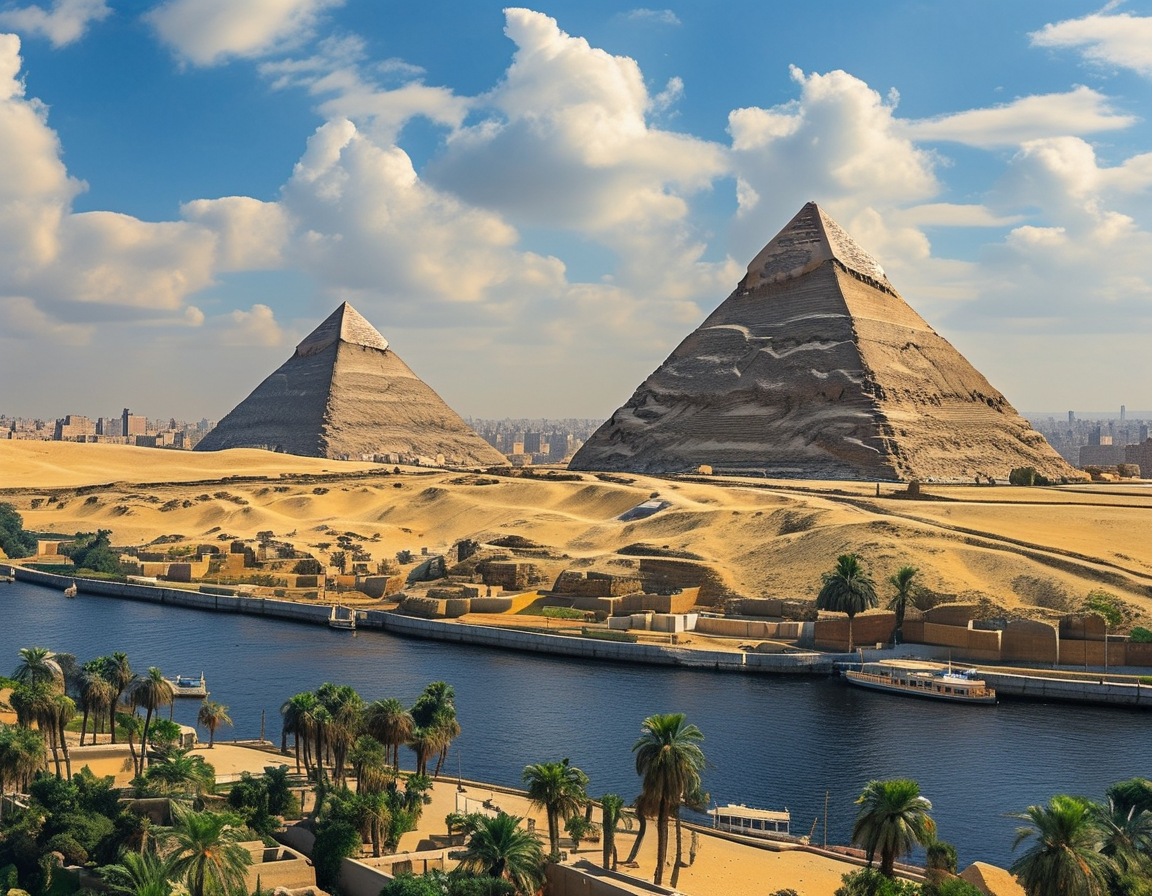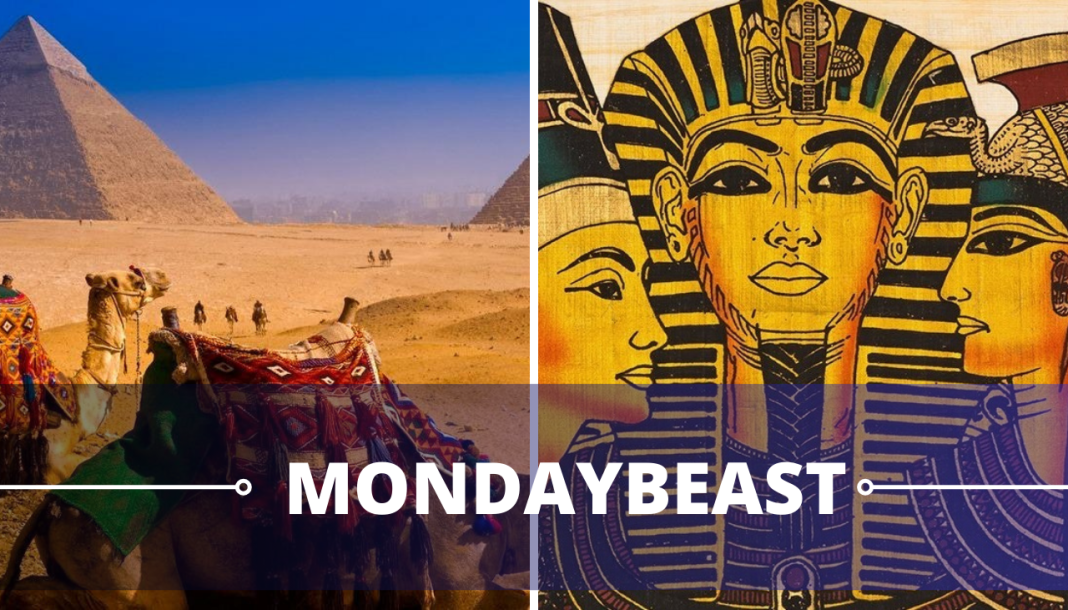The history of Ancient Egypt is more than stories from the past. It’s about a civilization that thrived along the Nile River. How did this stretch of life-giving water shape one of the greatest cultures in human history? Let’s dive into this world.
The Birth of Civilization
The journey begins during the Early Dynastic Period. Imagine a time when tribes came together by the Nile. Under Pharaoh Menes, Upper and Lower Egypt united. This was not just a political move; it sparked an enduring legacy. The roots of society as we know it today can often be traced back to such foundational moments.

Life along the Nile wasn’t just about survival. It fostered community, trade, and innovation. Just think about how water feeds and nurtures. The Nile did just that for these early Egyptians, allowing a civilization to sprout and flourish.
Architectural Wonders of the Old Kingdom
Fast forward to the Old Kingdom. This was a golden age for Egypt. The Pyramids of Giza, Khufu, and Menkaure are much more than tombs. They are marvels of engineering and human ambition. Can you envision the labor and skill required to build such colossal structures?
Each pyramid tells a story of power and organization. They symbolize not only a ruler’s might but also the collective strength of society. The intricacies of their construction spark wonder even today. Would you believe that these feats were achieved without modern technology?
Revitalization in the Middle Kingdom

After a decline, the Middle Kingdom arrived. This era brought political stability and a booming economy. Pharaoh Sesostris III emerged as a pivotal figure during this time. His military successes expanded Egypt’s influence. But what does this mean for ordinary Egyptians?
Art and culture flourished alongside these advancements. Imagine artisans crafting beautiful pieces that reflect their beliefs and daily life. The Middle Kingdom wasn’t just about rulers; it was about the people who lived and thrived under their reign.
The Apex of Power in the New Kingdom
The New Kingdom marked the height of Egyptian dominance. Hatshepsut, the first female pharaoh, broke gender norms. Then there was Ramses II, known for his monumental structures and military prowess. How did their ambitions reshape the world around them?

This period also saw religious shifts under Akhenaten, who championed the worship of Aten. His reign raises questions about faith and power. Can such changes alter a civilization’s identity? The New Kingdom was a time of great endeavors, showcasing the dynamic spirit of Egyptian society.
Decline and Enduring Legacy
As all things must, the New Kingdom eventually waned. Foreign invasions altered the landscape of Egypt forever. Assyrians, Persians, and eventually Romans left indelible marks on this once-thriving culture. Yet, rather than disappear, Ancient Egypt’s legacy lives on.
Even in modern art and architecture, echoes of Ancient Egypt are heard. Think about how this civilization influenced everything from literature to religion. They gave us insights into life, death, and the human experience. Does that not make their story a timeless testament to human endeavor?
In Conclusion
The tale of Ancient Egypt is one of triumph, creativity, and resilience. From the grandeur of the pyramids to the everyday lives of its people, this civilization offers endless stories. What can we learn from their journey?
As you ponder that question, consider the Nile, the lifeblood of a culture. Ancient Egypt was not just a civilization; it was a testament to human capability and ingenuity. So let’s continue exploring and uncovering the mysteries that shaped our world.




